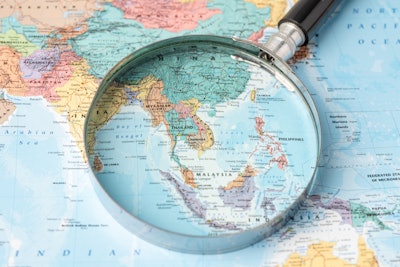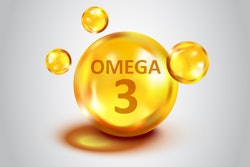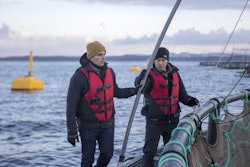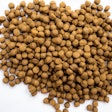
To explore how to provide food security for current and future generations under conditions of climate change, 40 countries in the Asia-Pacific region were represented at a recent high-level meeting in the region.
Organized by the United Nations’ Food and Agriculture Organization (FAO), delegates agreed on the importance of that primary goal, and that transformation of agrifood systems will be required to achieve it.
The 37th Session of the FAO Regional Conference for Asia and the Pacific was hosted by the Government of Sri Lanka in Colombo.
It was the first such event held since the coronavirus (COVID-19) pandemic. Recovery from the pandemic, and disruption of the food supply and its distribution continue to impact all nations to some extent, with the added future uncertainties arising from climate change.
Describing these upheavals as a “wake-up call,” delegates agreed on the vital importance for the world of future food availability and affordability.
More sustainable aquaculture
Official reports from the Colombo meeting highlight that Asia-Pacific is already the global leader in the production of aquatic foods. In terms of volume of capture fisheries and aquaculture, it accounts for 70% of the world total.
By 2030, the region’s aquaculture output is forecast to rise by a further 20%.
When managed and developed sustainably, aquatic food systems — both marine and freshwater, and aquaculture as well as fisheries — offer a significant contribution to food security, human nutrition, and the livelihood of local people. The meeting also identified these sectors as helping to enhance the participation of women in the value chain.
Looking ahead, the conference welcomed the FAO’s Blue Transformation roadmap, and its application in the region.
Published by the organization in 2022, Blue Transformation provides a roadmap for its work on aquatic foods systems for the current period to 2030.
Three overarching themes of the vision are the sustainable intensification of aquaculture, management of capture fisheries, and upgraded value chains for aquatic food systems. All these can be delivered while still securing social, economic, and environmental viability, according to FAO.
Together with government, non-governmental organizations and the private sector, the FAO has supported the creation of a white paper for the Asia-Pacific region. Aligned with the strategic goals of the Blue Transformation, it provides guidance on developing the principles of the roadmap into strategies to deliver sustainable development of the region’s aquaculture.
For 2030, its key targets are the expansion of global aquaculture by at least 35%, and growth in skilled employment for men and women in the sector.
In order to support innovation for the sector, FAO is exploring opportunities from a range of potential investment partners.









